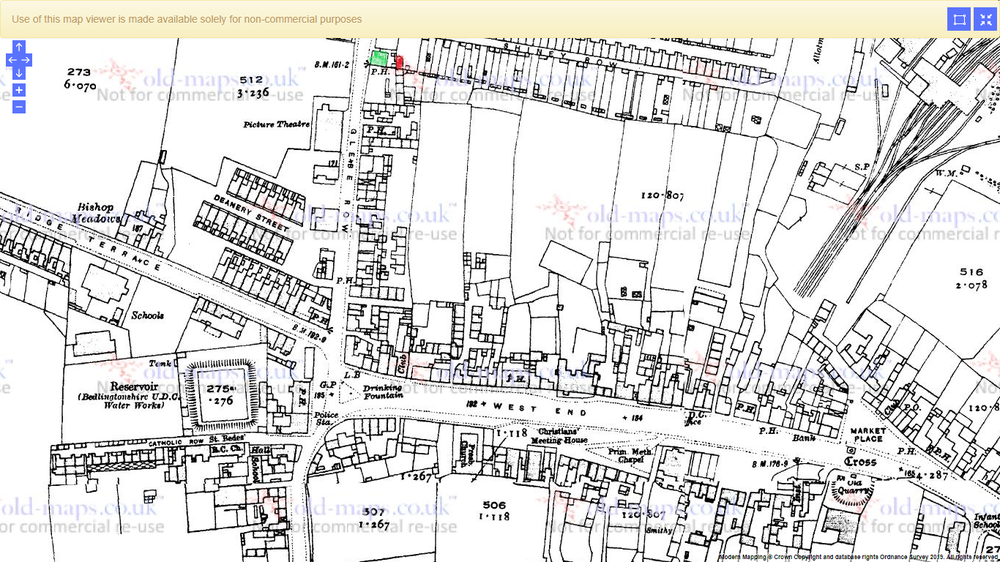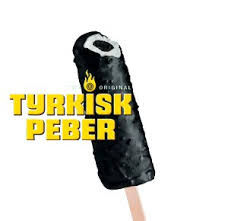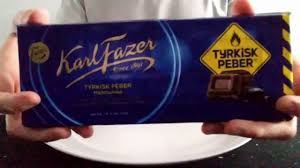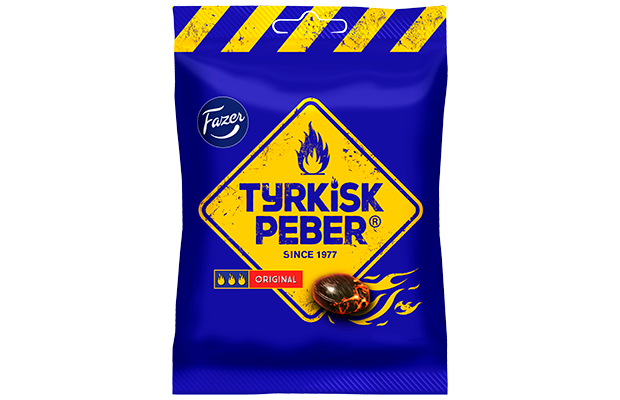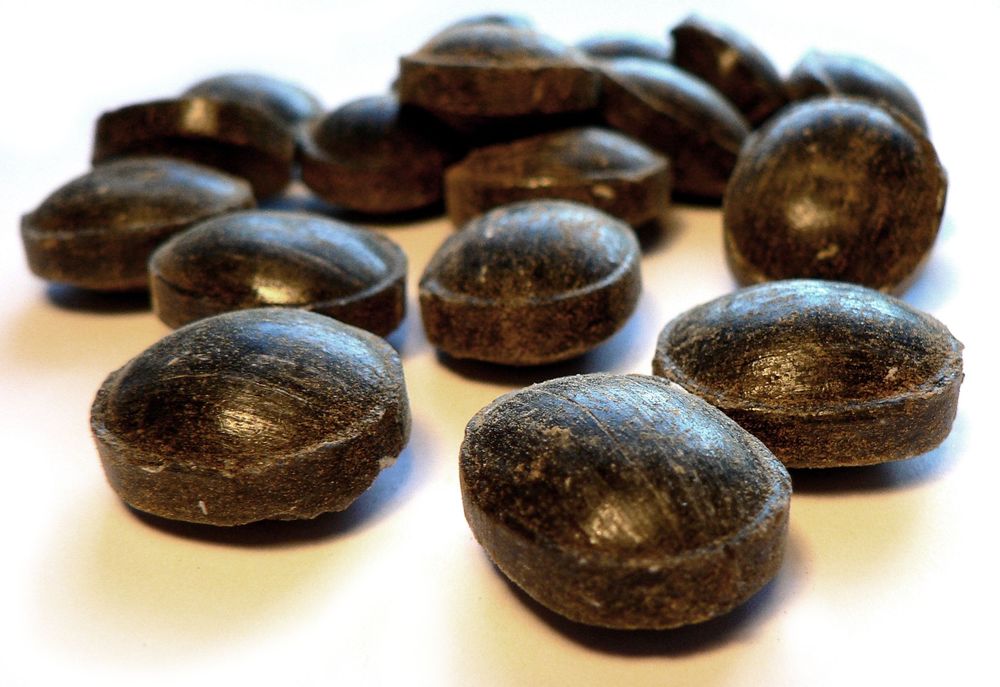.jpg.cdd7f8371d17e2f2f2e2a0e21e02f727.jpg)
Canny lass
Supporting Members-
Posts
3,617 -
Joined
-
Last visited
-
Days Won
418
Content Type
Forums
Gallery
Events
Shop
News
Audio Archive
Timeline
Everything posted by Canny lass
-
Time for a bit of brain gymnastics! We can't be letting this Covid-19 make us lazy. How's everybody coping? We now have three family members who have tested positive and in quarantine at home - all three in the same household. 1. Harry Potter was brought up by his aunt and uncle at which address? (House number, street, town and county required). 2. Where was the first land battle of the Falklands War? 3. Which of the four Beatles was the youngest? 4. Who was known as the Widow of Windsor? 5. What was the name of the boat in which Sir Francis Chichester circumnavigated the world 1966-67? 6. What did Jack Horner eat in a corner? 7. What is the full moon following the Harvest moon called? 8. The Statue of Liberty was a gift to America from which country? 9. How many players are there in a hurling team? 10. Who had a 1966 hit with Good Vibrations? 11. From which language has English borrowed the words brandy, decoy and landscape? 12. Which Canadian city was originally called Ville-Marie? I’ll bet you didn’t know …. Until 1930 riders of bicycles had to ring their bells non-stop while the bicycle was in motion. Answers on Thursday as usual.
-
Interesting questions! When was the house built? I've come across several instances of "ca.1844" in my research but I haven't found 1824 mentioned anywhere. I'm not sure if we are using the same tythe map but mine is dated 1843, which would equate quite well with ca.1844. Neither is the adress entered in the 1841 census. One possibility is that Evans has written 1824 instead of 1842. Who built the house? If the house was built in 1824 for Longridge why was he registered as resident at Bedlington Iron Works in the census of 1841 but is later known to have lived in the house prior to his death? When was it demolished? Evans has definitely got this date wrong and I'm speaking from personal experience. I can't remember the year but late fifties. Definitely not 1949. This is not the only date which Evans is wrong about. He says: "built in 1824 by Michael Longridge of the Ironworks, he occupied it until 1861." We know that Michael Longridge died in 1858. having previously believed it to be built in 1844 I am now swayed,by the evidence of the tythe map and the 1841 census to believe it was built in 1842 and that Evans is wrong.
-
.thumb.jpg.7493ddab4a696108cf2b849323d3c155.jpg)
Fountain(s) Yard - Glebe Row/Road/Bank
Canny lass replied to Alan Edgar (Eggy1948)'s topic in History Hollow
Hi @Mikki Lee Townley, welcome to the forum! Have a look at this map from 1922. It’s a bit later than your granddad’s time but not much had changed. I’ve marked the Fountain Inn in green and immediately behind it you’ll see the rear boundary of Fountain Yard comprising six ‘dwellings’ each for one household. Numbers 1 and 2, marked in red, were somewhat larger than numbers 3 – 6 which make up the rest of the row. I choose to call them ‘dwellings’ because I’ve no idea how they were. I’ve heard, but never been able to confirm, that they were no more than lean-to buildings against the back wall of the pub yard. The Fountain Inn certainly stood on the site of Blackbird Hall but if was housed in the hall or built on the site of the hall I can’t say. The address can be confirmed by following the route of the enumerator from the 1901 census as he left the High Street (West End) turned right onto Glebe Row visiting all the yards in turn as he went from door to door, northwards along Glebe Row to the northern boundary of Bedlington District 7. The boundary lay a little further north than this map shows and included all the pit rows. The Fountain Inn is the last building before Shiney Row and Fountain Yard is the enclosure to the south of that building, skirted on the south by the rear of Tankerville Yard’s dwellings. I had a look at your grandad’s census form from 2011. I’m sorry to have to say that the baby, Jane Ellen, was probably already dead when the census form was filled in by your grandfather. You can see this in the “particulars of marriage” section. Here your grandfather states that he has been married for 9 years during which 3 children have been born alive. He also states that only 2 children are still living – that would be George and Isabell. Poor Jane Ellen doesn’t appear to have lived more than three days and has mistakenly been taken up in the census. The details have been crossed out, maybe by your grandfather but maybe by the enumerator. I checked his summary book and he does not take up Jane Ellen. She may have been born and died as early as 1907. -
My pinot elaxtcy!
-
Purple is reserved for the hat! These are all the same brand - Fazer (a Finnish company that's very popular here) therefore all the same colour. Those I've shown are actually made for the Danish consumer, hence the spelling Tyrkisk Peber. Here, for some reason unknown to me, they use the English spelling but I couldn't find any pictures on the Internet. It's an extremely popular taste even with children and there are loads of different sweets with this taste made by many different companies. One of the most commonly sold is a 'wine gum' textured black fish called "salta sill" (salted herring). They are sold by the ton on the boats sailing between Scandinavia and England apparently but probably to Scandinavian travellers. I've only known one English personwho liked them - my sister.
-
"Error" is simply another word for 'contribution to the development of the English language'. Trust me I'm linguist! Language is lazy! It's always looking for the easy way out both in speech and writing. One of the commonest causes of language change is the repeated deviation from the 'norm' of spelling and grammar. Spellings which don't adhere to the norm, if used often enough, WILL become the new norm - take recognise and recognize as just one of a thousand examples. Deviation from the norm can do two things: Disturb communication or Destroy communication The function of language is to enable communication, so destruction will defeat its purpose. However, a disturbance will not. The language used is still understandable and the speaker/writer is still communicating. Example: Disturbed communication: Nvr apolgse fr yor spllng mistks. Destroyed communication: Verne apologized for your spilling smisktea. Those two sentences, full of spelling mistakes are one and the same. Which one do you understand? Never knock yourself for spelling which deviates from the 'norm'. The reader (providing they have the same mother tongue) will make the necessary corrections in their head and communication will not be destroyed. If it is destroyed, they will ask for clarification.
-
They are called Turkish Pepper here and I think that's the name I remember from my childhood. You can get Salmiak tasting everything here - not just 'boiled bullets': Ice-cream Ice lollies Chocolate Liquorice sticks and my favourite alcohol shots Of course, you can make this very easily and cheaply by dissolving a packet of these into any bottle of Vodka. Great for warming you up on a cold day!
-
-
You and I must be soul mates of the first degree! I love anything with salmiak!
-
Are we ready for this week's challenge? Pencils poised? Thinking caps on? Right, let's get going: 1. On what date does Halloween fall? 2. In which Scottish town was James Watt born? 3. How many metres in a mile? 4. In which Dickens novel does Thomas Gradgrind of Coketown appaer? 5. Spanish flu, 1918-1920, claimed 50 million lives. Where did it start? 6. In which year was the Apple iphone launched? 7. Which Harrod’s boss became Chairman of Fulham FC? 8. Who said, after winning the Grand National, “Sex is an anti-climax after that”? 9. By what name is polytetrafluoroethylene better known? 10. What was the name of the raft which Thor Heyerdahl used to sail from Peru in 1947? 11. Which country invaded Kuwait in 1990? 12. Which British cathedral has three spires? I’ll bet you didn’t know …. King George I couldn’t speak English. Answers, as usual, on Thursday,
-
I remember them - but they didn't come in a bag they came in a small tin box about the size of a matchbox but a bit thinner. My father used to take them down the pit instead of cigarettes.
-
As a child i was often in Eyemouth on family holidays. We kids were fascinated by what we called "the pirate's graveyard" because of all the skull and crossbones figures on the tombstones. We genuinely believed that this was where pirates were buried. However, we were later told by a scot that this was in fact a very popular thing to put on Scottish tombs (and even on crucifixes in churches) as a symbol of mortality - a reminder to the onlooker that we are not immortal and would go the same way as the bloke in the grave. Others preferred to display the symbol for immortality - an angel/cherub or just a pair of angel's wings. Really shattered my childhood illusions!
-
I have a good friend with MS who swears by it.
-
Shame on you (for wanting to bring that law back)! Christmas pudding and mince pies are the highlight of my seasonal menu. I still make my own pudding every Boxing day for the following year. There's only me who likes it so I get a whole pudding to myself - I also get all the brandy sauce and brandy butter. Usually lasts me a week and the last slice is always fried in the last of the brandy butter and eaten for breakfast on New year's day. Great for hangovers!! Not so good for the waistline!!!!
-
I just love these photos from underground! Always appalling conditions yet always a smile on their faces. I've yet to see a miserable face underground. Thanks for posting.
-
... and very welcome you are HPW! A've missed ya geordie twang! Hope the missus is OK and that you're both keeping safe.
-
Here we go again: 1. In which 1984 film did Sean Connery return as James Bond after a 13 year gap? 2. What in the building trade is called ‘harling’ in Scotland? 3. Who was the first woman to participate in the University Boat Race? 4. In which country was Salman Rushdie born? 5. What sort of creature is a pipistrelle? 6. Helleborus niger is better known as which perennial plant? 7. Which animal is Canada’s official emblem? 8. Which word meaning ‘divine wind’ describes suicide missions of Japanese pilots? 9. Who, in the bible, was the youngest son of jacob? 10. Which letter of the Greek alphabet is the equivalent to T? 11. The 1969 Eurovision Song Contest ended in a four-way tie between France, UK, Spain and which other country? 12. What is Magnesium Sulphate called when used as a laxative? I’ll bet you didn’t know …. Oliver Cromwell passed a law forbidding anyone to eat mince pies or Christmas pudding. Answers on Thursday.
-
My older sister worked there in the early fifties. Unfortunately, I have no photos.
-
Here's last Friday's quiz, Vic. Answers on Thursday as usual: 1. Who was the first American to orbit the earth? 2. Who was the ‘fastest mouse in all Mexico’? 3. With which branch of medicine is Mesmer associated? 4. What colour is a moonstone? 5. Which Irish county is Blarney in? 6. What do deltiologists collect? 7. What type of tree is a Pirus Malus? 8. What is a labret? 9. A pearl wedding celebrates how many years of marriage? 10. In which town do the Flintstones live? 11. Which football player advertised Brut in the 1980s? 12. If B is Bravo and N is November, what is S? I’ll bet you didn’t know …. The custom of carrying a flaming torch from Athens to the site of the Olympic Games was started by Adolf Hitler in 1936.
-
The "world" doesn't appear to include us, I'm actually pleased to say in this instance! We've had no 'official' lockdown to come out of but the majority of folks still seem to be following government recommendations. for which I'm thankfull. We have had a high death rate from Covid but 50% of them occurred in homes for the elderly. That's tragic of course but, to me, it also indicates that the other half - who, mostly, are going about their business in a sensible manner and following recommendations - have done a fantastic job in keeping the numbers down. Take away the deaths occurring in homes for the elderly and we actually have a very low death rate here. Some other countries complain about our numbers being three times as many as theirs but we have three times the population as well, so I think It's a little unjustified. I haven't been short of time for gardening, Eggy. Just the opposite - the garden has had one of its best 'overhauls' in years. It is big, but we have modern machinery to help and we even have wifi out there. No need to sit indoors to use a laptop.


